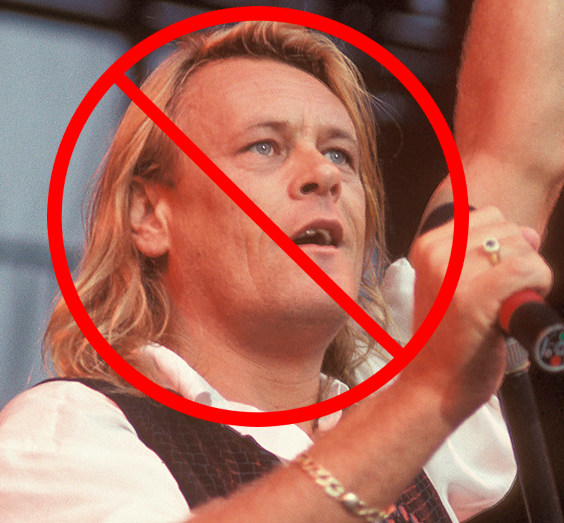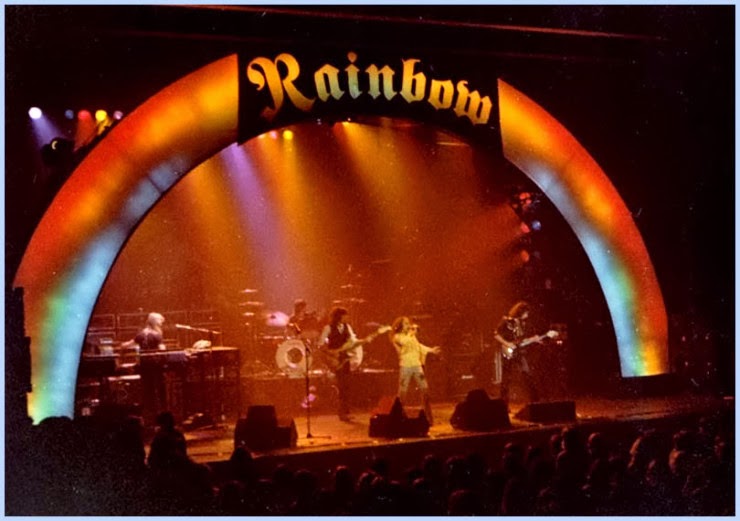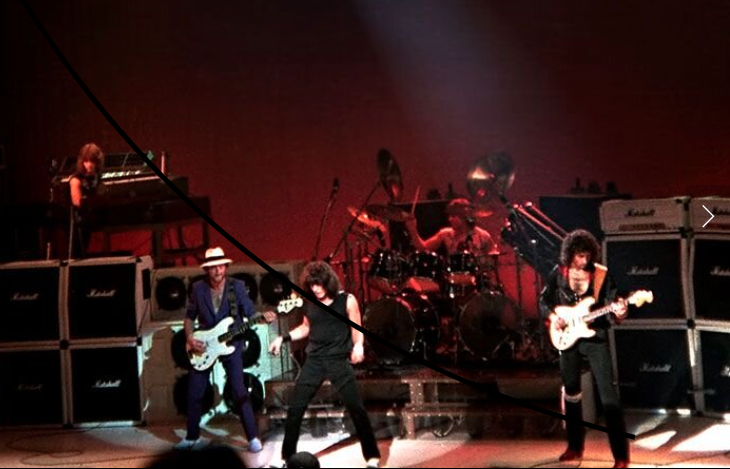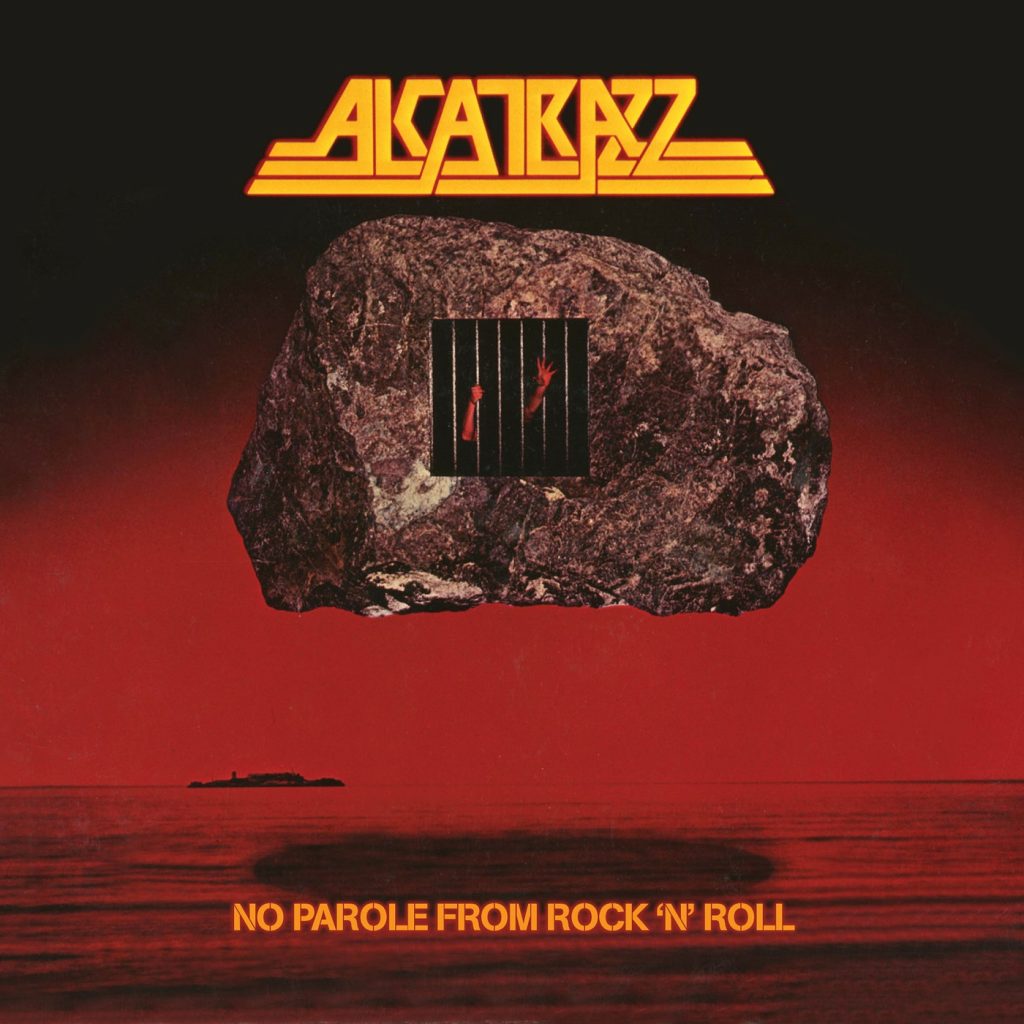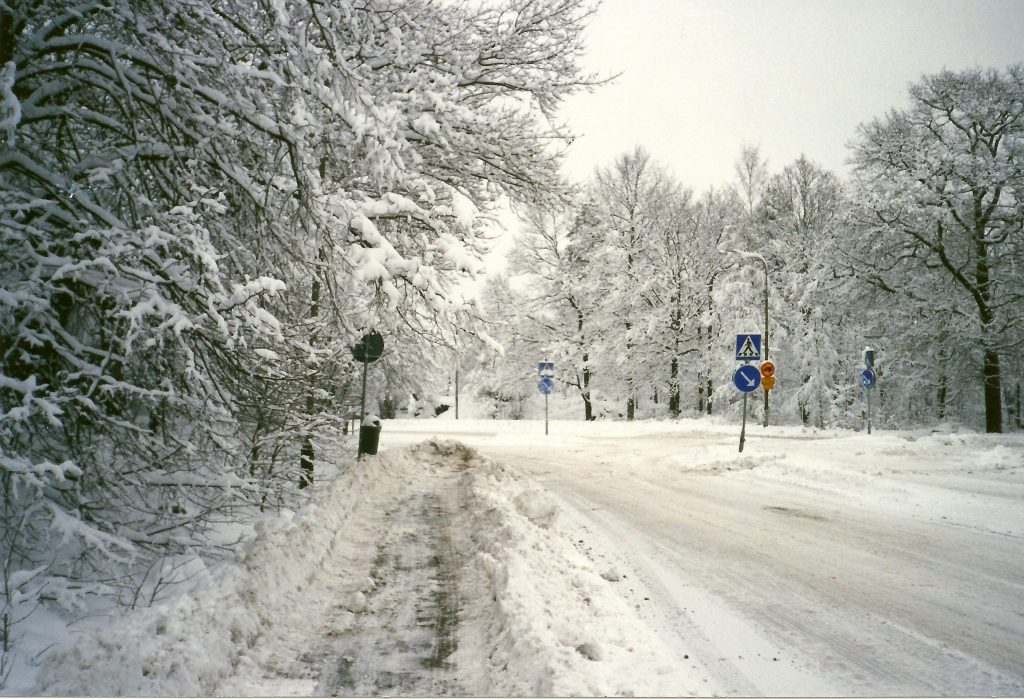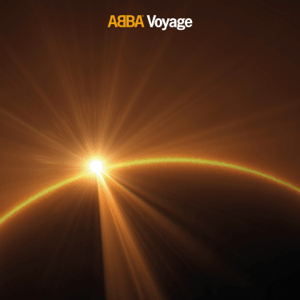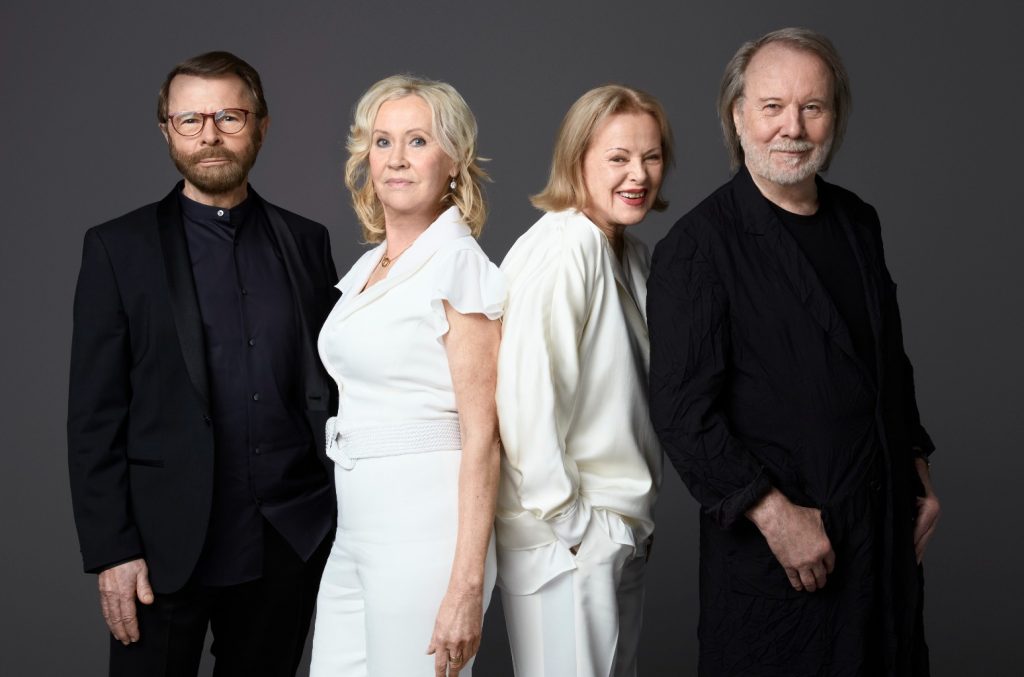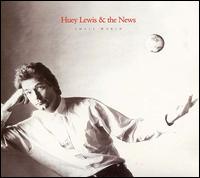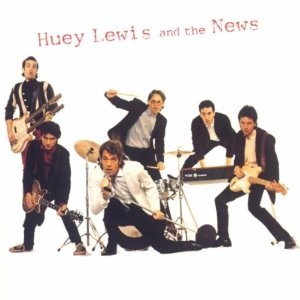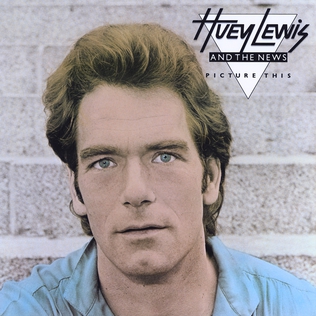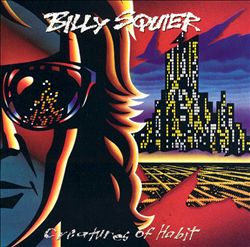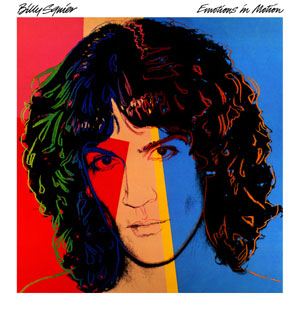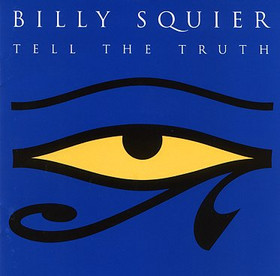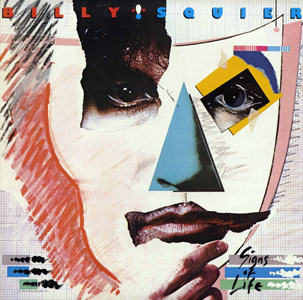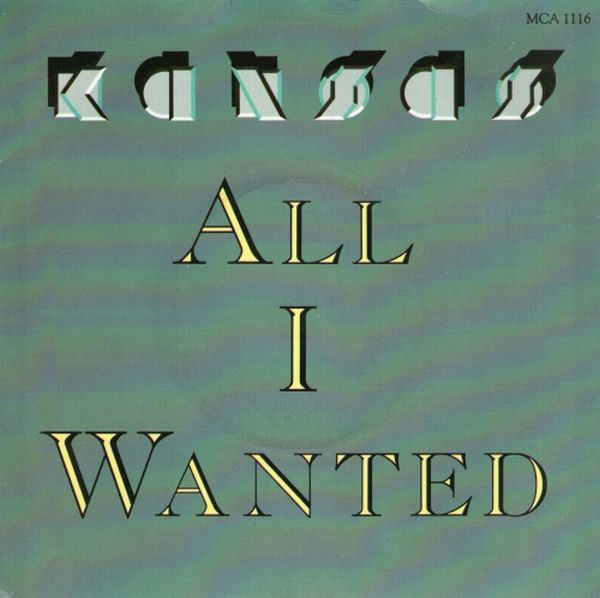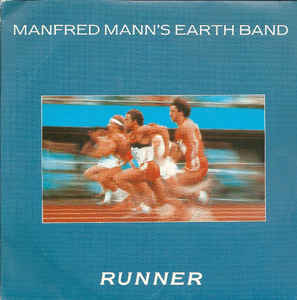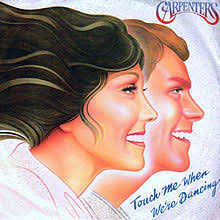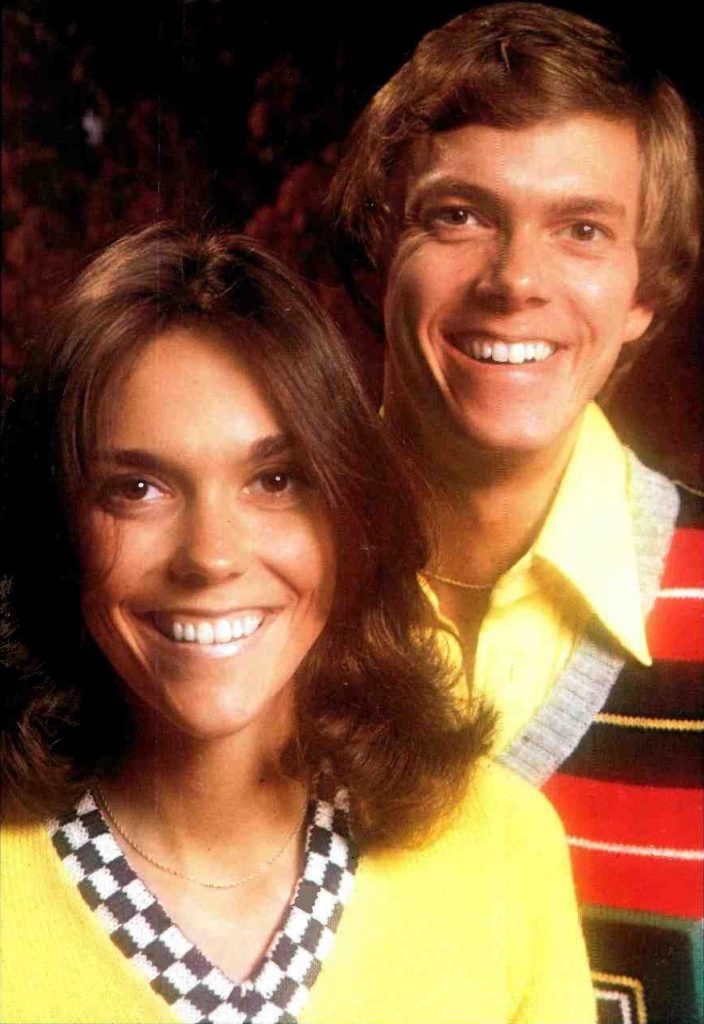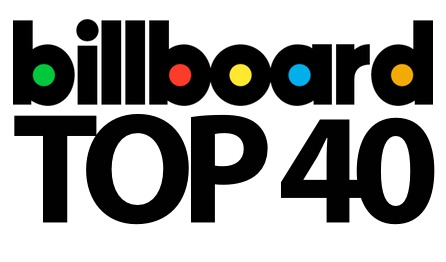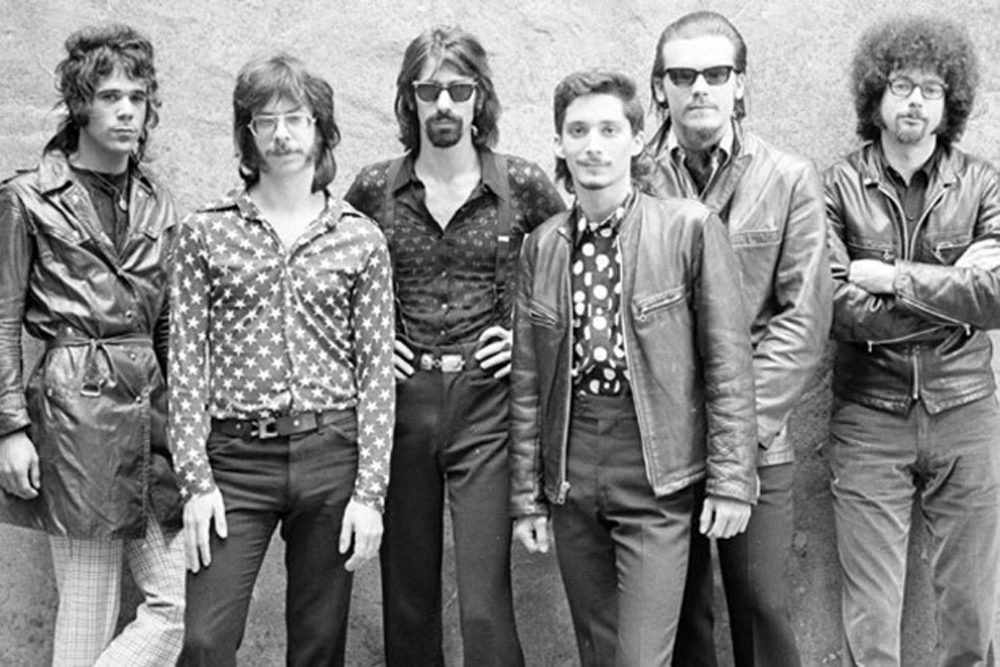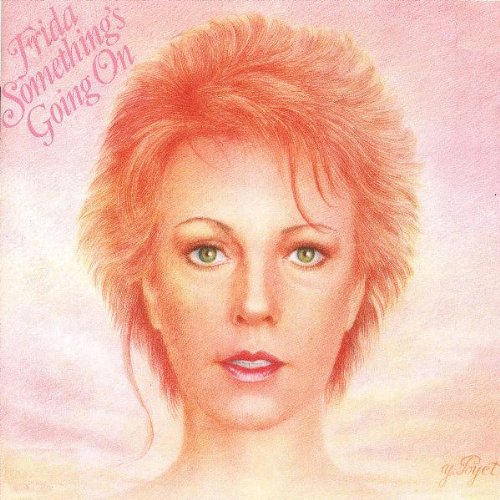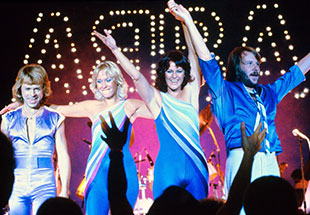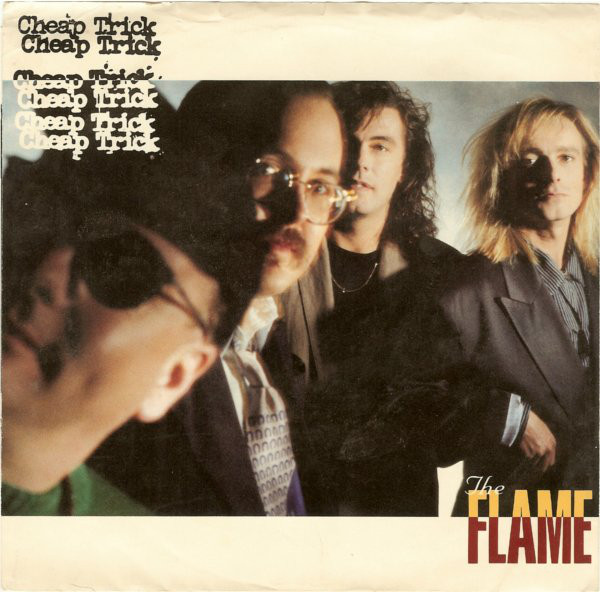
The Cars and Van Halen are both classic bands that released six albums in their original incarnations. Although these two American bands have little in common, such as musical style, flamboyance, and influences, they DO have a lot of similarities, including humorous and ironic lyrics “Can I talk you out of staying here tonight?” vs. “You’re semi good-looking,” iconic videos on MTV, and both bands were local favorites before breaking out, along with, stellar, but radically different lead guitarists. Most importantly, in the big picture, both The Cars and Van Halen appealed to listeners outside their respective genres, pretty much a first for rock bands. Egos broke up Van Halen, and apathy within the band stalled The Cars.
Debut Album
Van Halen: Released February 10, 1978 #19 Billboard
The Cars: Released June 6, 1978 #18 Billboard

Here are two band debuts, both from the first half of 1978. In both cases, the debut album was a genre game-changer, bringing their respective styles to the mainstream (heavy metal and new wave). Both of these albums had multiple tracks played on the radio, and today, both remain staples on classic rock radio. Better writers than me (are there any out there?) have penned tomes on both these classics. If you haven’t worn out copies of these albums, you really have no business reading this.
Winner: Draw
Sophomore Album
Van Halen II: Released March 23, 1979 #6 Billboard
Candy-O: Released June 13, 1979 #3 Billboard

No dreaded sophomore slump here with either band, but no great shift in the sound, either. While both albums could be considered “Part 2” of their debut, this round is incredibly tight.
Van Halen, while producing a worthy follow-up including a hit single (“Dance the Night Away”), dropped the ball on the opening track, a non-necessary (and not very good) cover version of “You’re No Good,” made popular a few years earlier by Linda Ronstadt.
Meanwhile, The Cars also lobbed out a classic hit (“Let’s Go”) and filled out the rest of the album with hook-filled tunes, delivered in the way only that The Cars could. And although they dabbled in weirdness (“Shoo Be Doo”), it was the songs carried the day.
Winner: The Cars
Third Album
Women and Children First: Released March 26, 1980 #6 Billboard
Panorama: Released August 15, 1980 #5 Billboard
Now the pressure was on, for both bands. Time to go to the next level or fade away. In both instances, there were radio hits (“And the Cradle Will Rock” and “Touch and Go”), but three albums in, it sometimes seems like both bands were flying on autopilot.

For the third time in a row, Van Halen doesn’t alter its sound significantly. They’re sticking to a tried-and-true formula, David Lee Roth’s flair as a front man, Eddie’s prowess on guitar and the party-hearty attitude of the band. Nothing groundbreaking here but zero covers for the first time!
Back in Boston, The Cars have slightly changed their sound, with a darker, more experimental edge, focusing on keyboards and less hooky songs. Both critics and fans find this album a bit bewildering, and but there are some moments in there for those who bothered to look.
The Winner: Draw
Fourth Album
Fair Warning: Released April 29, 1981 #5 Billboard
Shake It Up: Released November 6, 1981 #9 Billboard
Here was the fourth album in four years for both bands. By now, Van Halen and The Cars were household names, FM radio staples and arena fillers.

This time around, Van Halen issued its heaviest album to date. From the opening notes of “Mean Street,” the band is out for blood and doesn’t let up for the entire disc. While it doesn’t contain any top 40 hit singles, three of the tracks garnered airplay: “Mean Street,” “Unchained” and “So This is Love?” This is a case of a band taking it to the next level.
The Cars, however, played it safe with a knee-jerk reaction to the moody overtones of Panorama. Coming out of the box with their biggest hit to date, the title track, one would think that The Cars would win, or at least tie this round. Afraid not. Despite the exuberance of the hit single, the rest of the album (particularly side two) isn’t up to the level of previous albums (or the hit single). Seemed like it’s a good time for a break. (More on that later.)
Winner: Van Halen
Album # 5
Diver Down: Released April 14, 1982 #3 Billboard
Heartbeat City: Released March 13, 1984 #3 Billboard

Now thigs start to diverge: While Van Halen followed the standard “another year, another album, another tour” The Cars wisely took a break, during which members Ric Ocasek and Greg Hawkes released solo albums.
Now it was Van Halen’s time to foolishly listen to “the suits.” The band was informed that there were no hit singles on the previous opus, so the band went the other way, releasing their weakest album to date, loaded with cover versions, with the misguided hope that they bring in fans who would never otherwise consider buying a Van Halen album, so the results were basically an EP of original songs. (And nothing particularly outstanding.) Shows what happens when you cave and listen to others!
Meanwhile, The Cars released their most successful (commercially, at least) album of their career. Bringing in a new producer (Mutt Lange), the band got a sonic makeover, and delivered a hit-filled disc that not only received major radio play, but produced a series of classic videos that fully brought the band into the video age.
Winner: The Cars
The Final Album:
1984: Released January 9, 1984 #2 Billboard
Door to Door: Released August 25, 1987 #26 Billboard

And now it’s time to say goodbye. While both bands split after the 6th album, they went on wildly different paths: Van Halen carried on with Sammy Hagar on lead vocals, while The Cars closed shop and went their separate ways. (Both bands would reunite 20+ years later, minus their original bass players.)
Perhaps taking a page out of The Cars playbook, Van Halen took a break (“One break, coming up!”) before releasing 1984 in, well, 1984. By this Orwellian date, the band took advantage of synths, giving them a #1 hit (“Jump”) and a produced slew of memorable videos. Like previous Van Halen albums, this one barely made it past the half-hour mark, but fortunately, 1984 featured no nonsense, no filler, and best of all, nary a cover version.
For the second time in three albums, it was The Cars’ turn to lose big time. After the marathon Heartbeat City sessions and tour, the band bought time by releasing a hits package with a new song “Tonight She Comes,” and saw solo releases by Elliot Easton, Benjamin Orr and Ric Ocasek, with the later two also having success on the singles chart. But when it came time to regroup, the band was running on fumes. Door to Door, the resulting album certainly wasn’t an artistic disappointment, but instead of sounding like Heartbeat City, it continued the tradition This Side of Paradise, Ocasek’s 1986 less radio-friendly album. Recording two tracks that were written in 1977 (but never released on a Cars album) didn’t provide the required salvation, and along with sluggish sales along with the most generic songs in their career, the band pulled the plug after a short 1987/1988 tour to less-than-full arenas.
Winner: Van Halen
Recap:
The Cars: Two
Van Halen: Two
Draw: Two
So, the great Van Halen vs. The Cars match ends in a draw. But it was a hell of a ride for fans of either (or both) bands!
As far as cover art goes:
The Cars vs. Van Halen: Draw
Candy-O vs. Van Halen II: The Cars
Panorama vs. Women and Children First: Draw
Shake It Up vs. Fair Warning: The Cars
Heartbeat City vs. Diver Down: The Cars
Door To Door vs. 1984: Van Halen
Cover Art Recap:
The Cars: Three
Van Halen: One
Draw: Two

